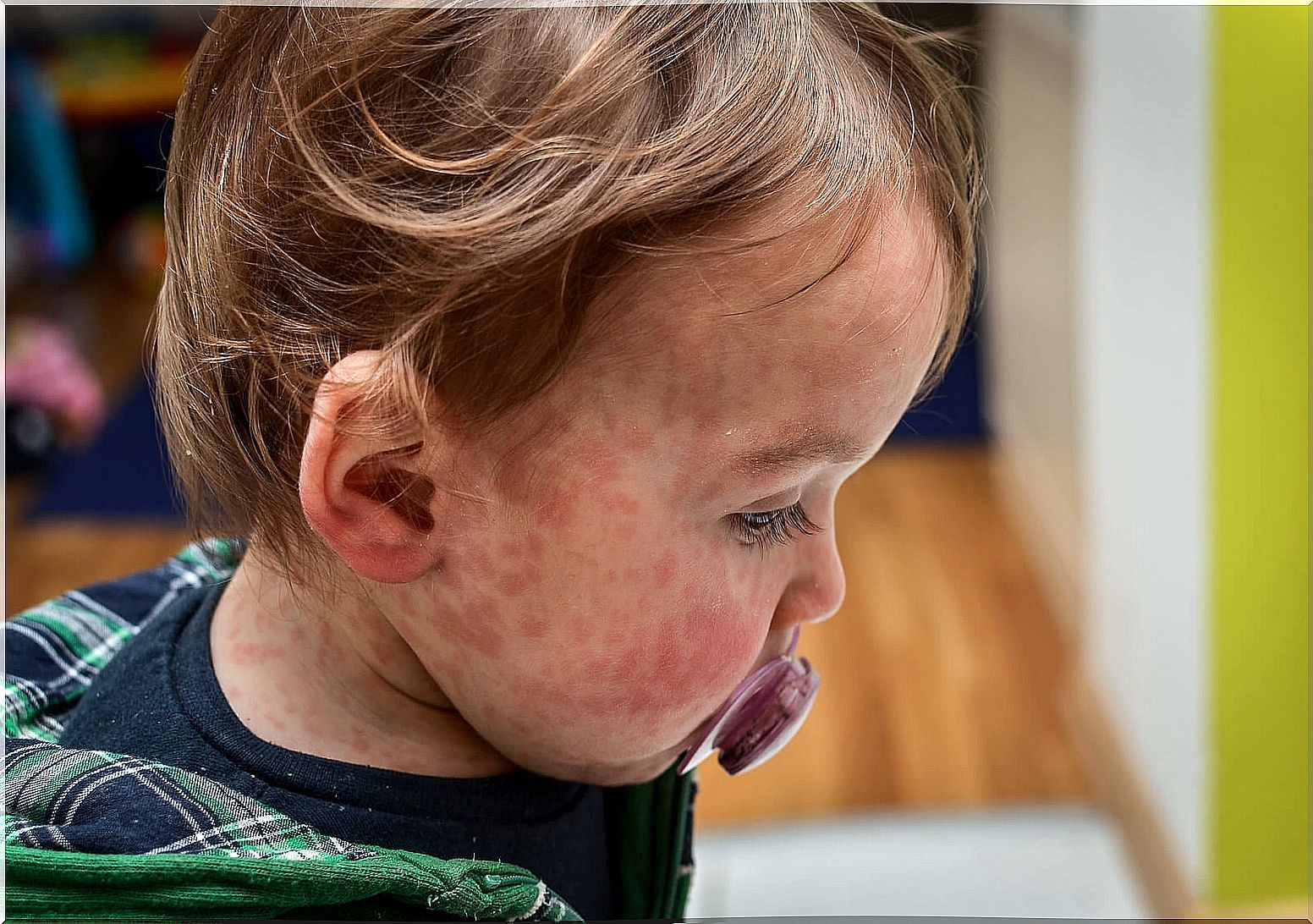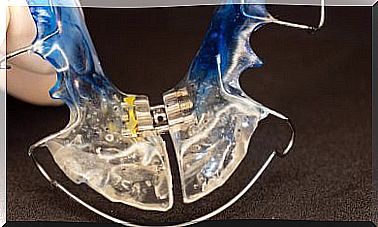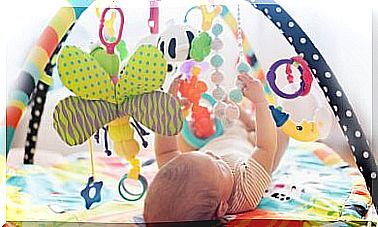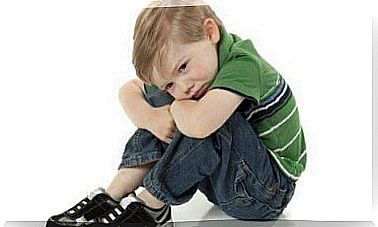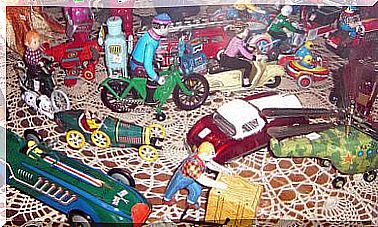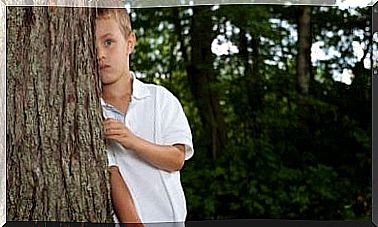Keratosis Pilaris In Children: Symptoms, Causes And Treatment
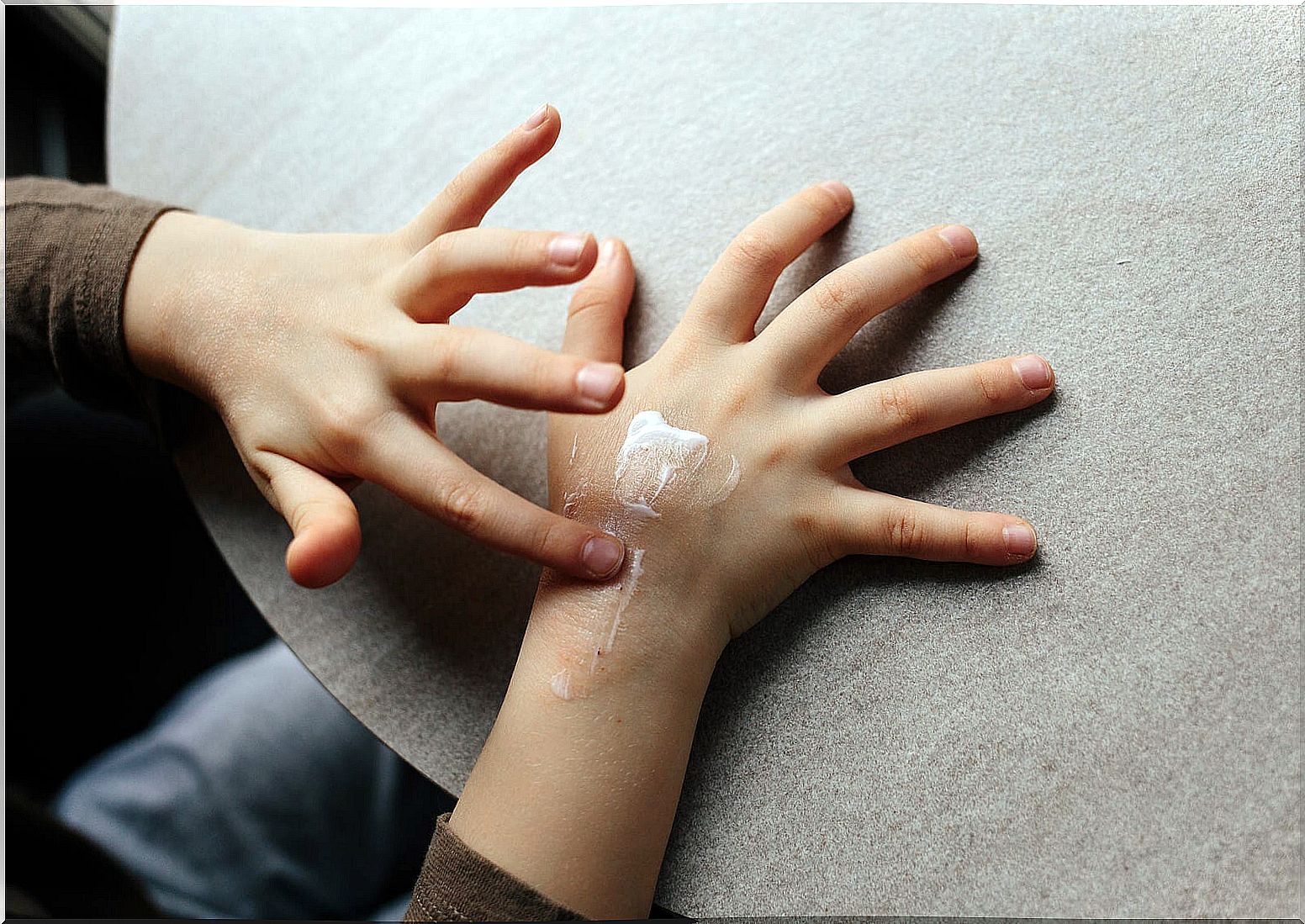
Keratosis Pilaris in children is one of the most common skin conditions and can even be considered a normal skin condition. In fact, it is the most common follicular keratosis.
It is a benign dermatological manifestation that usually causes concern in parents and leads them to consult a doctor.
What is keratosis pilaris in children?
According to research in The British Journal of Dermatology , keratosis pilaris appears for the first time in childhood, evolves and becomes more extensive during the second part of life.
Also known as “chicken skin”, it is often associated with other syndromes such as Noonan syndrome and Down syndrome. In turn, it is associated with other pathologies, such as atopic dermatitis, vulgar ichthyosis, diabetes mellitus , obesity and malnutrition.
Why does keratosis pilaris occur?
This manifestation on the skin has an autosomal dominant inheritance in which a mutation occurs in filaggrin, as in atopic dermatitis.
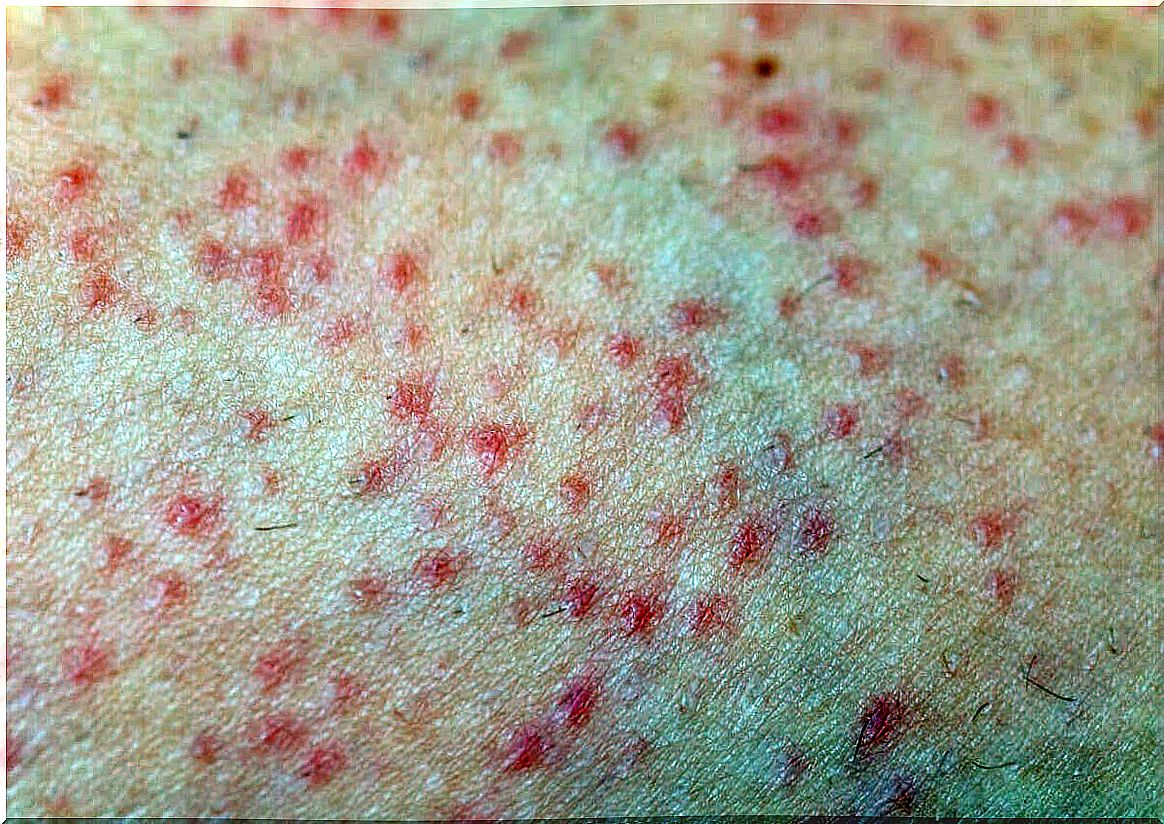
Both skin pathologies present with a loss of epithelial barrier function. Therefore, the origin lies in the abnormal keratinization of the follicle opening, which leads to the development of a plug in the infundibulum.
The formation of these keratin plugs causes erythema on the skin surface and a slight peeling around each follicle.
Symptoms and signs of keratosis pilaris
It presents as keratin plugs in the follicular orifices together with different degrees of peripollicular erythema. In addition, it is evident in any region of the skin that contains hair follicles, therefore, it will never do so on the palms of the hands and the soles of the feet.
This asymptomatic manifestation occurs on the extensor surfaces of the proximal upper and lower extremities, as well as on the buttocks as well. Coiled hairs can be observed inside the lesions, which are responsible for developing inflammation and keratinization.
The affected area of skin feels rough and dry, like sandpaper. There is a great predisposition in those with dry skin, eczema, hay fever or ichthyosis.
Treatment options for keratosis pilaris
The diagnosis of the lesions is clinical, based on the dermatological findings at the time of the physical examination. Although keratosis pilaris in children is an asymptomatic condition that tends to get better with time, there are therapeutic options to manage and improve it.
Proper hygiene
The use of hypoallergenic soaps and vegetable sponges when bathing is a recommended option. You should not generate too much friction with them, but only a slight exfoliation to remove the dead cells.
The duration of the bath should be limited because prolonged times tend to eliminate the skin’s own fatty acids, which are beneficial for the correct function of the skin barrier.
Likewise, the papules on the surface of the skin should not be manipulated, since it increases the probability of generating other lesions.
Constant wetting
After each bath, when the skin is more absorbing power, moisturizing cream should be applied to the body. When choosing an emollient, its components and presentation should be considered.
Emulsions with Vitamin A, lactic acid, Vitamin E or allantoin are ideal for moisturizing dry skin and promoting the renewal of the skin’s surface. Although the application of an emollient can prevent the appearance of keratosis pilaris in children, in those who already have it, the lesions tend to become inflamed when the skin is dry.
Specific products
To improve the texture of the skin, lotions with salicylic acid or urea-based creams are indicated . In this way, keratosis pilaris in children tends to fade after a few weeks. Both components help loosen and remove dead cells from the skin’s surface, thereby smoothing the skin.
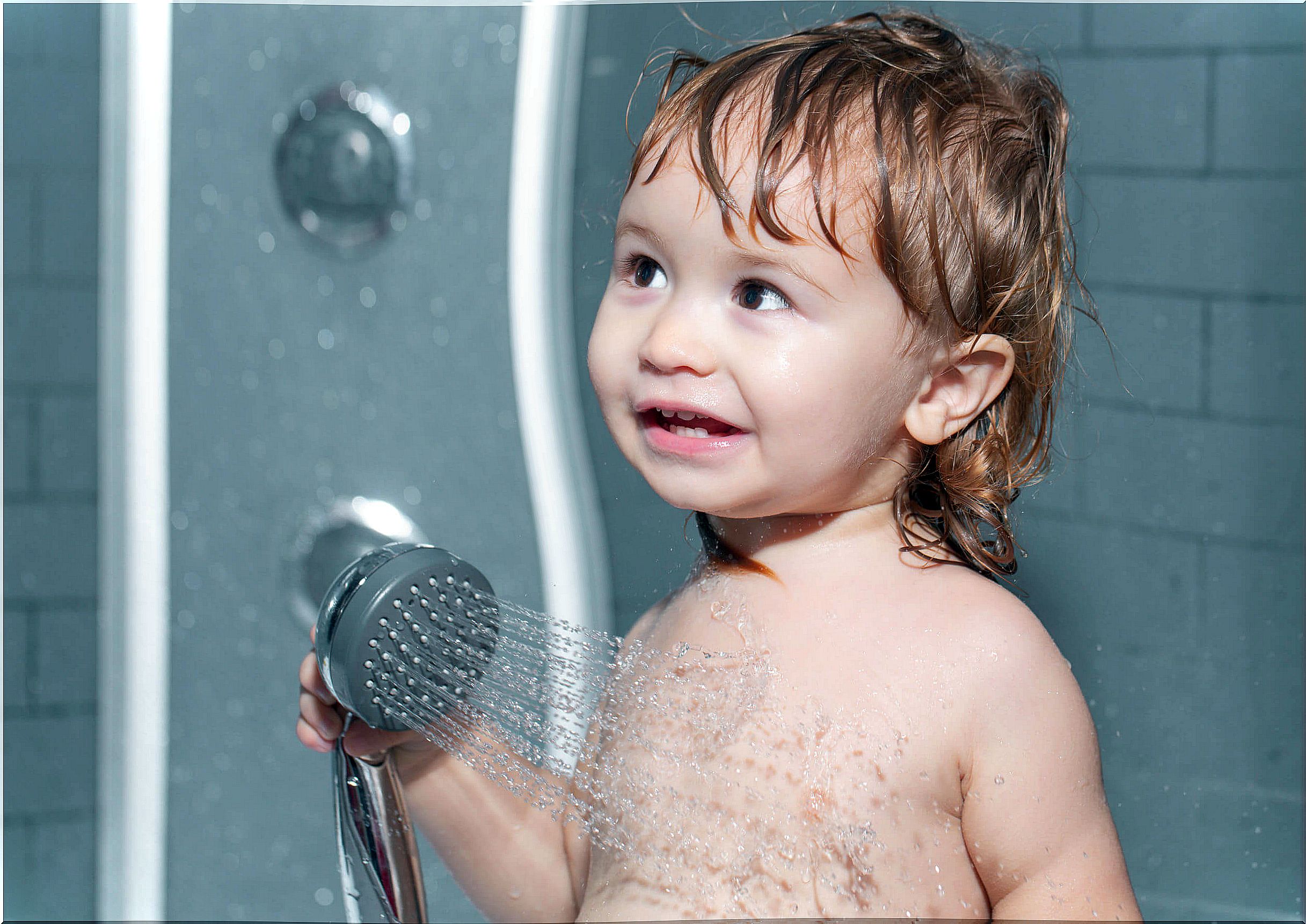
There are other types of more invasive aesthetic treatments for this type of pathology. The peeling chemical, creams with retinol and diamond-tipped microdermabrasion are also options to improve the appearance.
Keratosis pilaris, more than a skin issue
Keratosis pilaris in children usually develops in childhood and improves over time. In addition, it is a manifestation that does not cause significant symptoms, only aesthetic discomfort. It is also not contagious and worsens in the winter months when the skin tends to dry out.
While it is a harmless genetic skin condition, patients’ distress over cosmetic appearance leads them to try to improve it.
